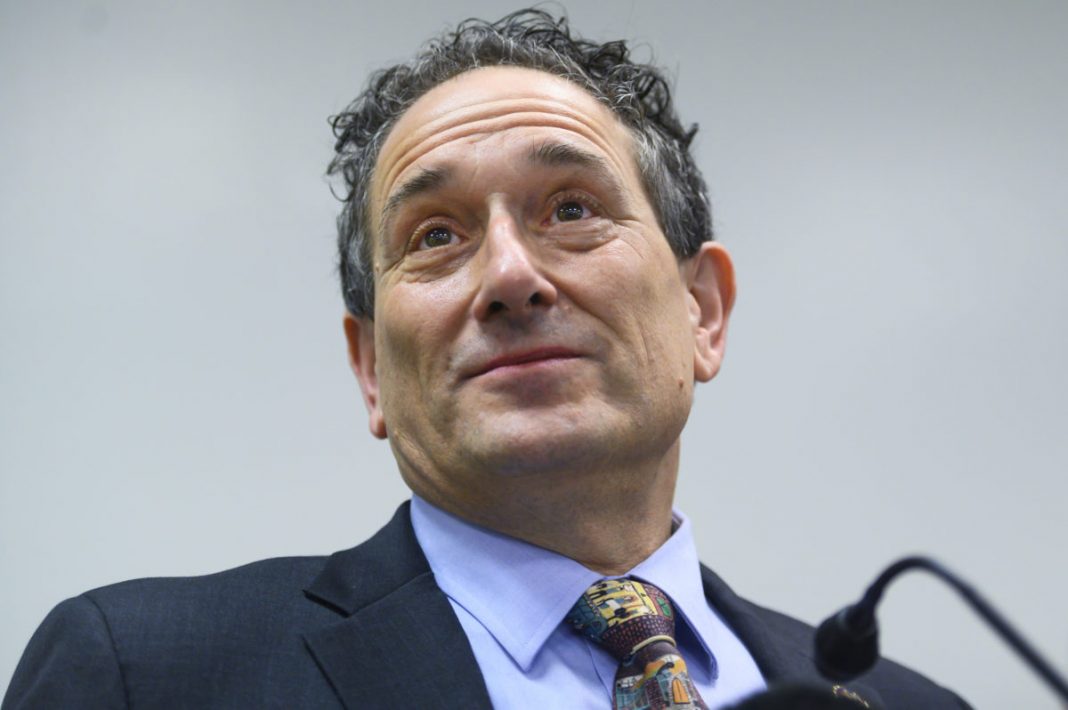A plan to build out a network of electric vehicle charging stations nationwide is being re-introduced as legislation by Rep. Andy Levin, D-Bloomfield Township. The proposal seeks to establish the network within five years of when the plan is completed.
In the proposed bill, the Departments of Transportation and Energy would be directed to build publicly available charging stations for EVs across the United States with coverage ensuring that drivers could go anywhere in the country without the possibility of running out of battery charge.
Called the EV Freedom Act, it is the actionable plan to make good on President Biden’s promise of a half-million EV charging stations nationwide at the cost of $15 billion US. Currently, there are around 42,000 charging stations in the country with one-third in California.
Range anxiety, charging time are hurdles to adoption
In the United States, EV adoption has been slow as initial costs are significantly higher than gas-powered vehicles, but predominant factors are reduced range and the disproportionate time it takes to “refuel” at a charging station.
Long stretches of highway exist without any charging infrastructure, limiting how far and where EV owners can go. The legislation by Levin seeks to eliminate these gaps in coverage to put EV usage on par with any other vehicle’s range. What that distance is exactly hasn’t been determined, especially as models like the Nissan LEAF have a range of just 150 miles in some trim levels.
And once drivers reach a charging station, charging times for high-capacity EV batteries can take over two hours at even the most powerful stations, as is the case for the Tesla P100D at around 125 minutes for a full charge from empty.
The proposed charging network will need to have sufficient electrical supply to meet the fast-charging expectations consumers will have. While it’s been in the works by battery developers, a battery and charger that can recharge in about the same time as re-fueling a gas-powered car have yet to be released by carmakers. However, when it arrives, stations will need to have the capacity to deliver the power on demand.
Creating jobs and funding vulnerable communities
The clock on a five-year timeline doesn’t start the moment the bill passes. Within one year of passing, the bill would be due to Congress. Subsequently, a funding plan would be established and would be due within two years. It’s then that the five-year implementation period would begin.
Rep. Levin sees the legislation as a multi-faceted win – not just for EV adoption but for the economy as well. The bill designates at least half of the funding would be required to go to “vulnerable communities”, and that those working on the project with grant money would be required to pay prevailing wages at least.
“Imagine the new avenues for economic and community success we’ll create by setting clear goals on the road to a low-carbon economy,” Levin said. “Tackling the climate crisis is going to be a tremendous job-creating proposition and our government has a crucial role to play in guiding the transition to a green future.”
Did you enjoy this article from Jason Unrau? Read other articles on CBT News here. Please share your thoughts, comments, or questions regarding this topic by submitting a letter to the editor here, or connect with us at newsroom@cbtnews.com.
Be sure to follow us on Facebook and Twitter to stay up to date or catch-up on all of our podcasts on demand.
While you’re here, don’t forget to subscribe to our email newsletter for all the latest auto industry news from CBT News.










